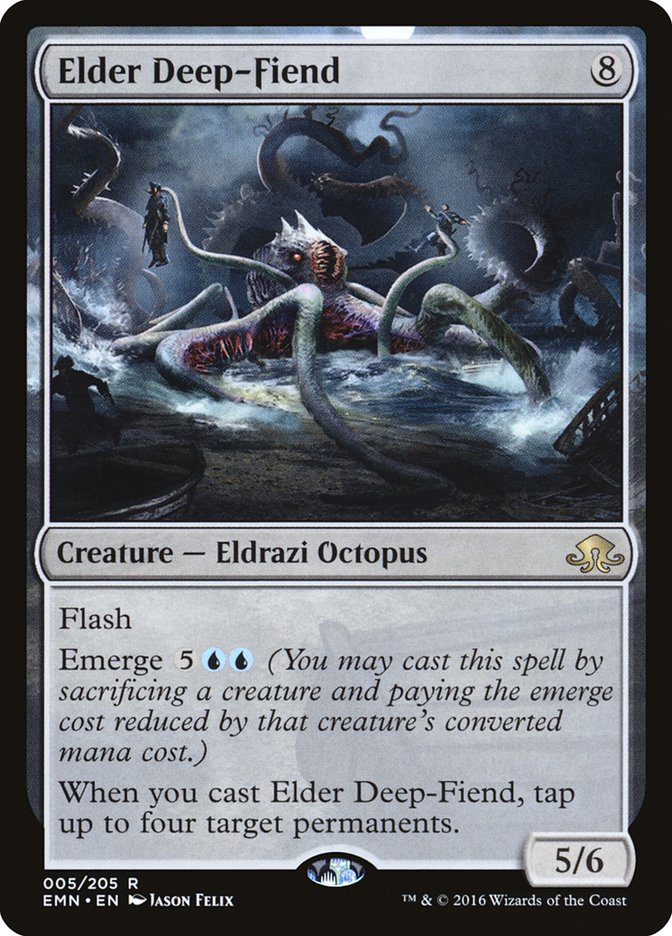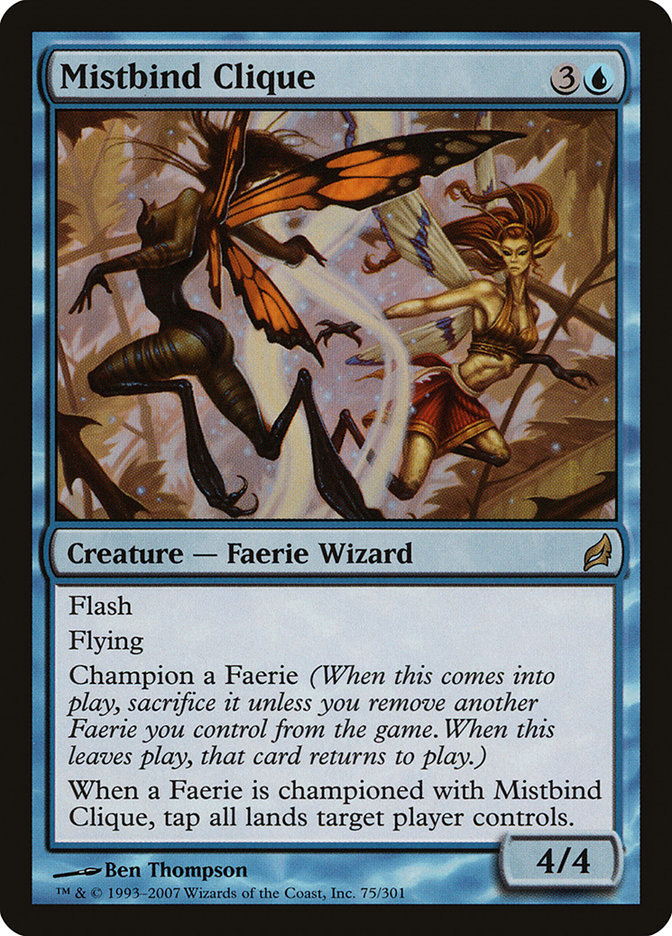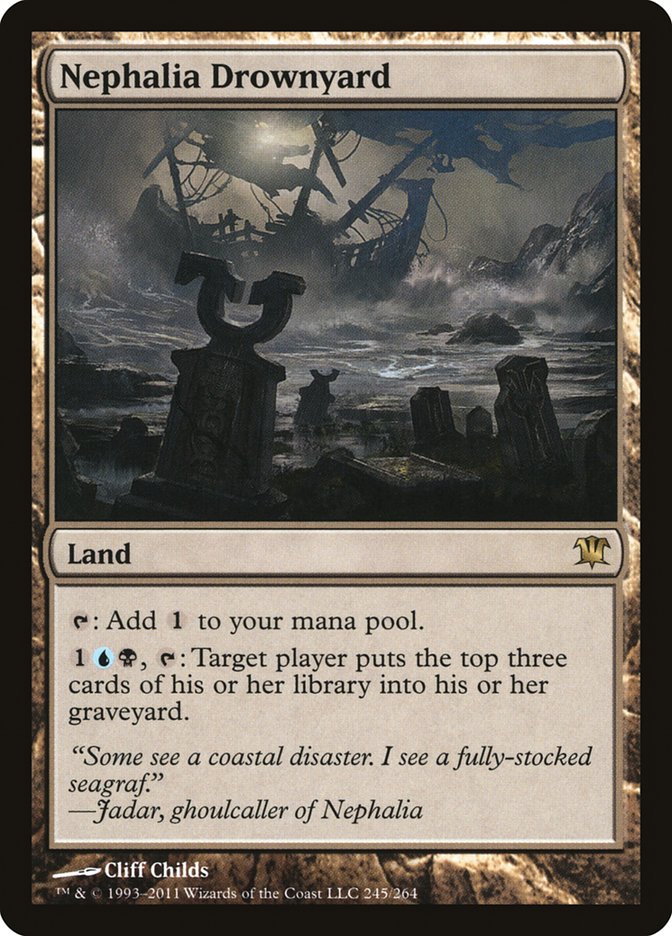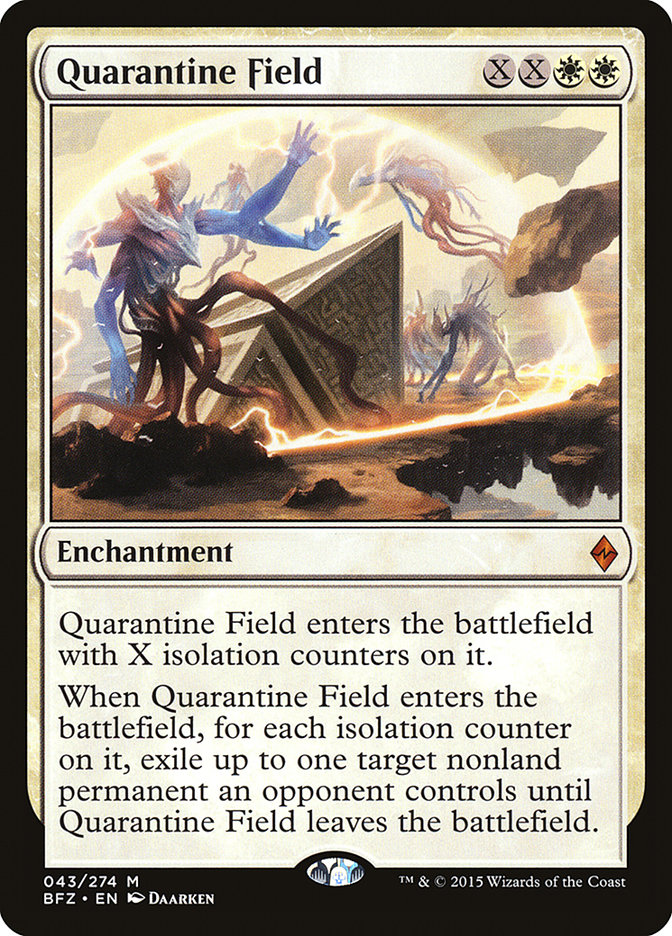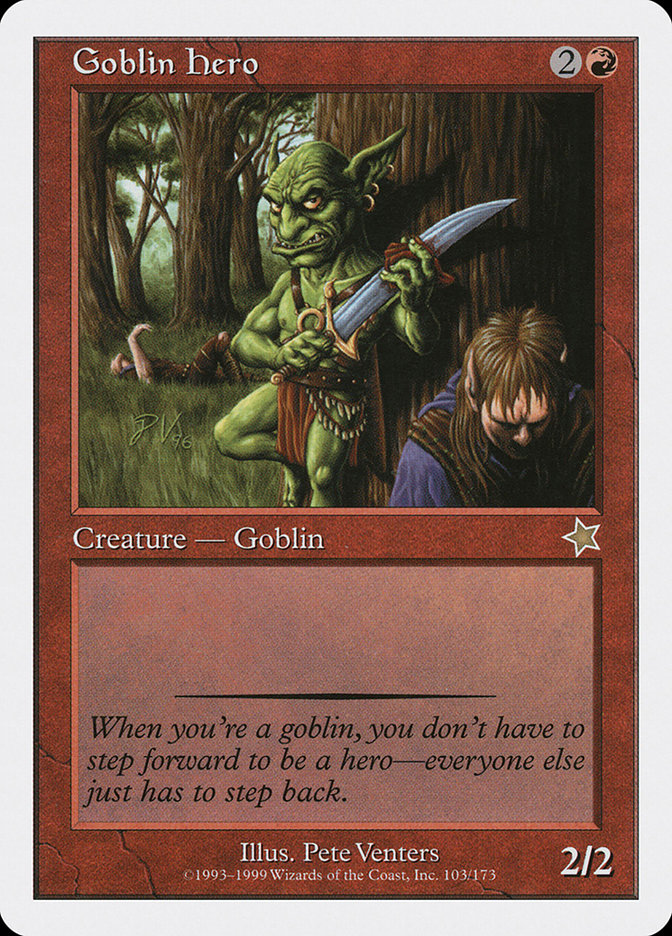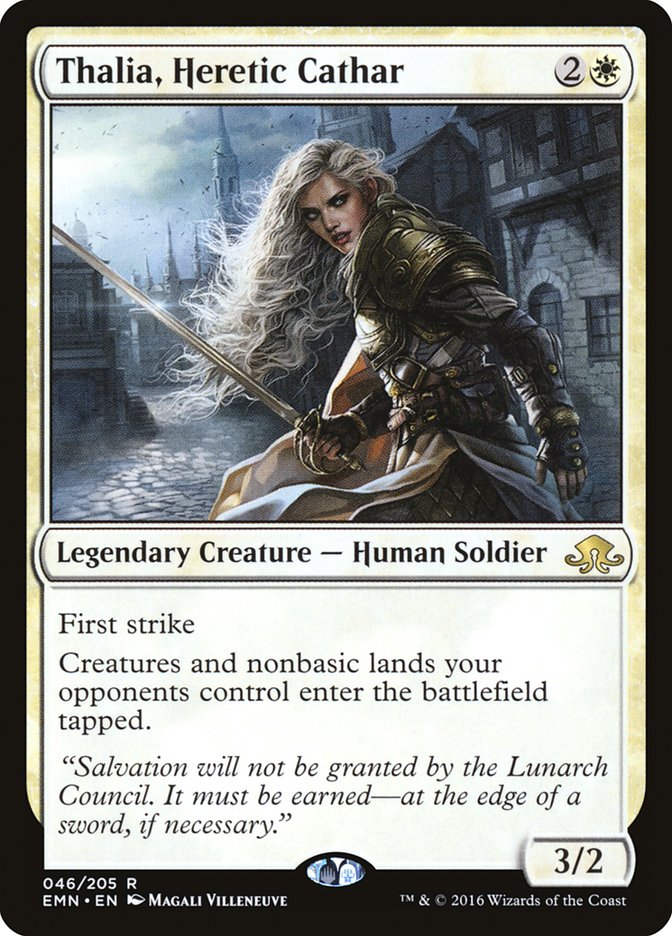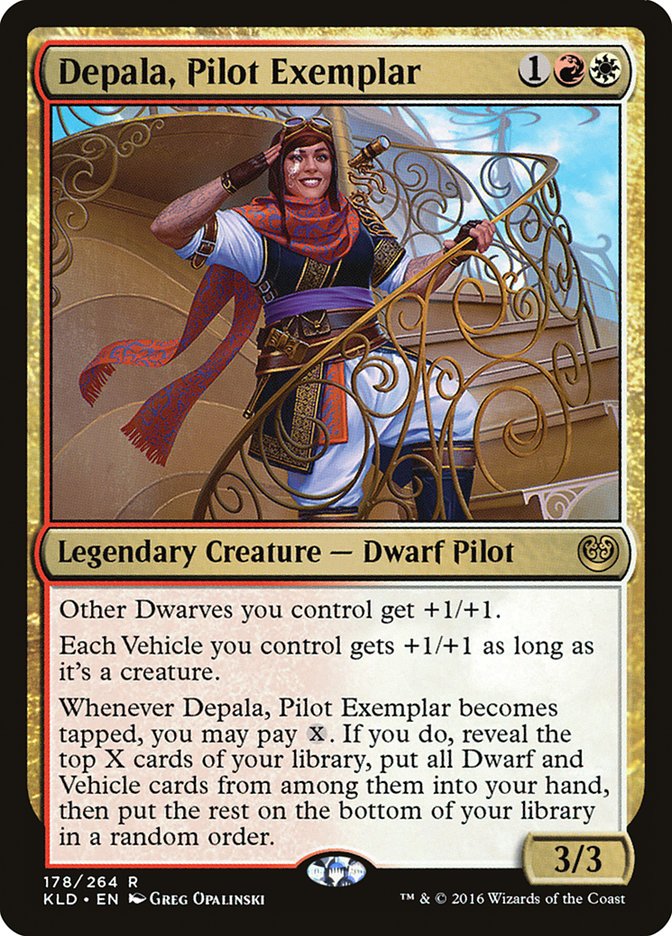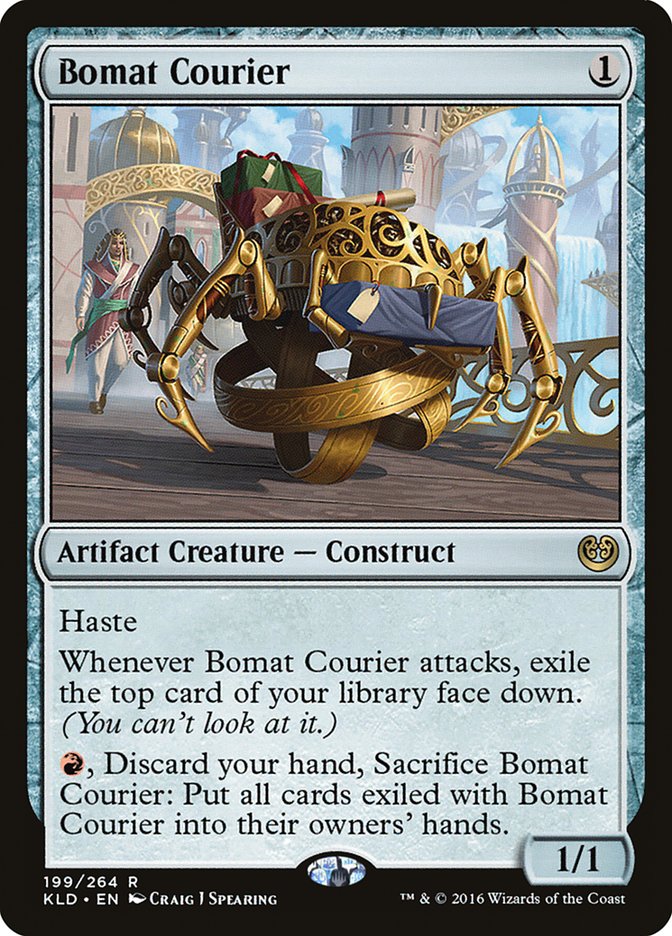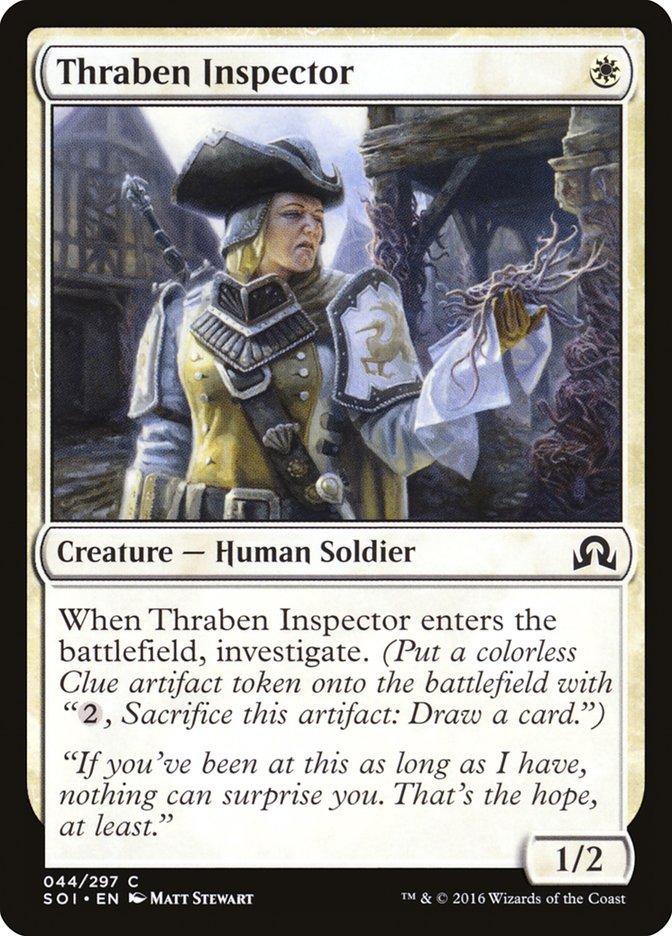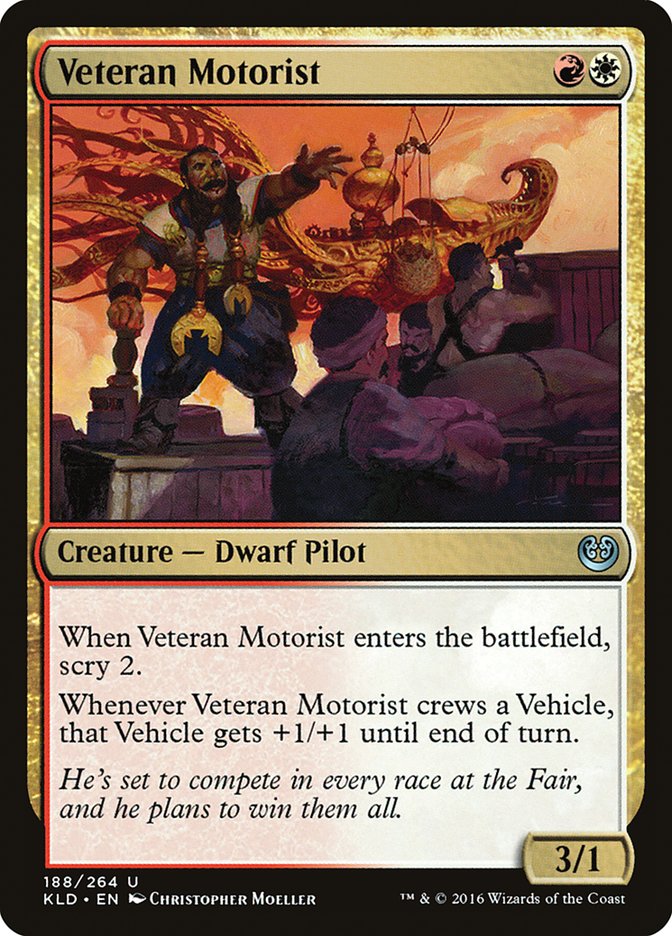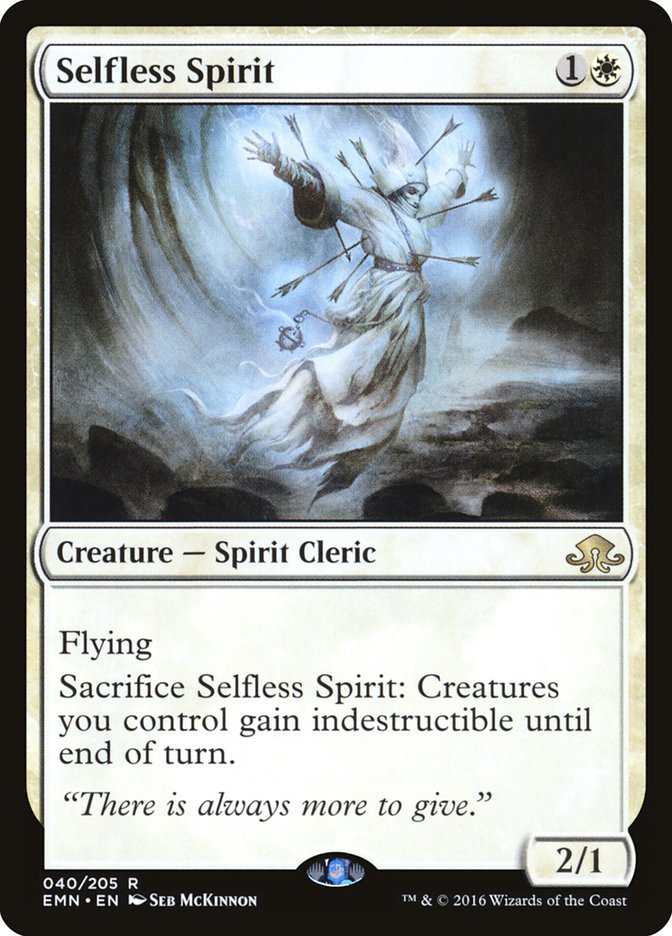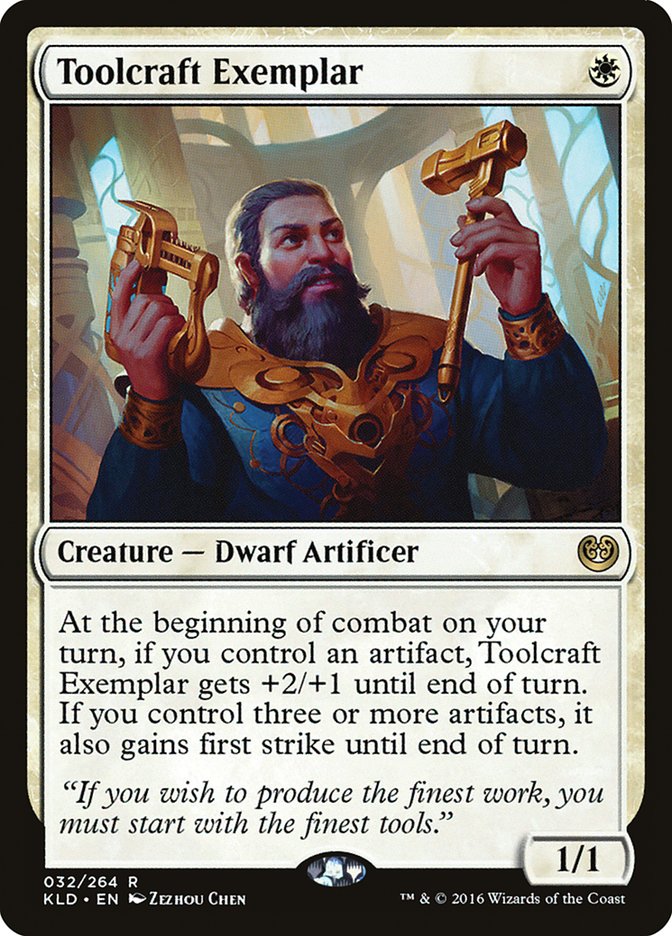Torrential Gearhulk is an amazing Magic card.
Pro Tour Kaladesh is over, and despite a sea of aggressive and combo-oriented strategies, both players in the finals of the tournament were sporting multiple copies of Snapcaster Mage’s bigger sibling.
When Shota Yasooka won his semifinal match, social media users tended to fall into one of two camps: those who were excited to see two players play long and interactive Magic, and those who were dreading a three-hour-long finals match between two control players.
It didn’t take three hours.
It didn’t even take two hours.
One hour and fifty minutes. That’s all it took for everything included in the Pro Tour broadcast to display the entire best-of-five set (with four games being played), sideboard between games, display the various advertisements for gaming products, and plug some information about the players in between games.
Both Shota Yasooka and Carlos Romao knew what they were doing in each match and didn’t waste time contemplating decisions that they knew they wouldn’t make, all in order to save time, even during an untimed match.
A fair chunk of control mirrors this format are going to be during timed Swiss rounds of Magic tournaments, be it at Friday Night Magic, a Preliminary Pro Tour Qualifier, or a StarCityGames.com Open. Learning what is important and how to shortcut parts of a game are integral to one’s success in-game.
At times it is important to be clear about which phase of the turn it is. Other times it is less important to clarify every single instance of passing priority or changing phases. If players verbally clarified every single shift in-game, it would create length amounts of dialogue that aren’t realistic if the goal is to regularly finish matches of Magic (particularly with any deck that plans to play several turns or perform copious actions via triggers or spells).
If it is known that players are playing with cards like Elder Deep-Fiend or Mistbind Clique, it is relevant to start declaring when a player is going to leave their upkeep step, as that is when players tend to use their spells that will tap down a player’s lands. Without recognizing these kinds of subtleties, players are left with this kind of dialogue:
“Untap Step.
Upkeep Step. I have no effects.
Draw Step. I’ll draw a card for turn. I have no effects.
Main Phase. I have no effects.
Beginning of Combat Step. I have no effects.
Declare Attackers Step. I have no attackers. I also have no effects.
End of Combat Step. I have no effects.
Second Main Phase. I have no effects.
End of Turn Step. I have no effects.
Cleanup Step. I have seven or less cards in hand and no effects.”
All of this dialogue exists, even if there isn’t a single card played, attack declared, or ability put onto the stack. The opposing player would also have to pass priority in each step or phase in order to move to the next part of the turn. Games of Magic would take exponentially longer if this were the way of things.
Instead, people establish mental shortcuts in order to feasibly finish games of Magic within a reasonable amount of time.
In a context similar to the finals of Pro Tour Kaladesh, a control mirror in other words, the best thing to do is to figure out how to value different kinds of spells. A bit of this is piggy-backing off LSV’s commentary on the match, but watching Yasooka and Romao sit indifferently as the opponent resolves card draw spells reflects that neither player put much stock in how many cards the other had.
What was important from each player was how many threats the other had in relation to how many answers. Both players had decks that were full of removal spells and very few ways to actually kill an opponent. Without planeswalkers that could actively kill an opponent or some sort of non-creature way to close a game, both Yasooka and Romao had to find a way to force twenty points of damage through each other’s wall of removal spells and countermagic.
As the game progresses, an additional angle is added to the game: decking out. For the player that has fewer cards in the library, it becomes that player’s responsibility to try to force through twenty points of damage before they run out of cards, with the other player’s job being to stay alive for that amount of time (or killing the opponent if they become reckless in their attempts to end the game).
“Thanks Emma! I watched the finals and really needed someone to re-word what Luis Scott-Vargas said. Do you plan on adding anything, or are you just going to do Marshall Sutcliffe next?”
We’re getting there!
In the games, it was very rare to see players thinking too much on their own turn. Outside of the times that a creature was cast (well, a Thing in the Ice was cast) or a player attempted to resolve a planeswalker, there weren’t many times that players wasted time on their turn. A majority of the time it was draw-land-go. Similarly, when playing with decks that primarily operate on the opponent’s turn, it wastes valuable time to tank on one’s own turn. There are definitely times when it is appropriate to cast creatures with flash and instants at times when a sorcery could be cast, but a majority of the time it is more important to make sure that a match will reach its natural conclusion instead of being marred by end-of-round procedure.
An easy way to not waste time when you find yourself in the midst of a tight control mirror is to find out what your gameplan is. Be relatively specific. Sometimes this means resolving a key planeswalker and riding it to victory (Gideon, Ally of Zendikar or Chandra, Torch of Defiance, for example). Sometimes it means sticking a creature and using countermagic to keep it around until it can deal every bit of damage required to kill the opponent. There are even cases where it is as simple as drawing more copies of a spell-land like Nephalia Drownyard and doing whatever you can to keep your head above water until the opponent must draw from an empty library.
Whatever the plan is, try to streamline your in-game actions to work towards that plan.
Consider the first scenario of needing to resolve a single planeswalker against a Jeskai deck similar to Carlos Romao’s deck from the Pro Tour:
Creatures (5)
Planeswalkers (2)
Lands (26)
Spells (27)

Is it pre- or post-sideboard? If it’s pre-sideboard, there are five counterspells that the deck will have access to and a single Quarantine Field.
This means that having one or two answers for counterspells and/or Quarantine Field should suffice. Most plays in-game should revolve around finding a copy of Gideon, Ally of Zendikar and a couple of counterspells to force the token-producer through. Don’t waste time contemplating if you should just slam the Gideon, Ally of Zendikar into eight open lands, five cards in the opponent’s hand, and no kind of protection for Gideon; it’s probably wrong. If you spend thirty seconds on every one of your turns considering whether to cast the Gideon and don’t cast it for six or seven turns, you’ve effectively unnecessarily eaten three or four minutes off the clock while telegraphing to the opponent that you have some sort of sorcery-speed spell to cast.
These kinds of plans tend to be easier with linear combo decks or control decks that are light on threats. That’s to say that it’s relatively easy to determine what is “actually” important because there are so few things that actually run the risk of killing a player. Outside of Torrential Gearhulk, Archangel Avacyn, or Wandering Fumarole, Carlos Romao can’t actually kill an opponent pre-sideboard. These kinds of scenarios make it easier to evaluate what is important and play quickly while prioritizing different spells over one another.
The water gets significantly muddier when it comes to multiple decks that are playing creatures that can attack and block.
Cards like Sylvan Advocate, Verdurous Gearhulk, Smuggler’s Copter, and Selfless Spirit all tend to spend time on offense and defense in games that drag out in favor of whoever is more proficient in combat.
Not all of the games drag; there are obviously those in which R/W Vehicles has the Toolcraft Exemplar – Smuggler’s Copter – Depala, Pilot Exemplar draw, but many games can be swung one way or the other, and that can be entirely contingent on one’s proficiency during the combat phase.
Outside of understanding the rules of combat math, there are many different ways to pull ahead in combat and many of them relate to understanding what creatures are important on any given battlefield.
When calculating how much damage an alpha strike will deal, for example, one can just look at the number of creatures each player controls and then subtract the smaller number of creatures from the larger number. Whatever number that is, calculate the total power of that many creatures with the lowest power controlled by the player with a greater number of creatures.
To provide a simple example, imagine a player has four Grizzly Bears on the battlefield.
That player is facing off against an opponent who controls two copies of Goblin Hero.
Because one player has four creatures and the other player has two, that means that if the player with four creatures attacked with everything, it would result in two creatures being unblocked. The creatures all have the same power, so we can see that the player with a pair of Goblin Heros would lose a minimum of four life if they blocked as many creatures as possible.
If the player on Team Goblins is at four life, this is naturally a relatively easy attack to make, but what if we have a battlefield involving seven or eight creatures and tokens on either side of the battlefield?
Imagine a player controlling all of the following:
And the opponent has a battlefield with these creatures:
What is the total power of each side of the battlefield? How much damage can really be pushed through here, assuming the Bant player is tapped out and the R/W Vehicles player wants to attack?
At a glance it appears that the Vehicles player has an easy attack: only one creature has enough power to actually kill anything in combat bigger than a Bomat Courer, and there are almost twice as many creatures on the Vehicles player’s side of the battlefield.
If the R/W Vehicles deck attacks with too few creatures, Selfless Spirit can chump block a large attacker and allow the Bant player to annihilate the R/W deck’s best creatures. If the R/W Vehicles deck attacks with too many creatures, they may be at risk of dying on the Bant player’s next turn if they have enough power to kill the R/W player.
Assuming the R/W Vehicles deck attacks with everything, what’s the block?
Everything is contextual and varies from life total to life total. After the Vehicles deck attacks, the first thing to calculate is how much they’re attacking for.
The easiest things to add first are creatures that aren’t receiving bonuses for any reason. Depala, Pilot Exemplar and Bomat Courier are both attacking for nothing more than their printed power and toughness (totaling four). From there, Veteran Motorist is attacking for four, each Toolcraft Exemplar for four (their own bonus plus Depala’s), and Inventor’s Apprentice for two each, bringing the total power of the attacking creatures to twenty!
With seven creatures attacking, the first thing for the Bant player to accept is that at least two creatures aren’t going to be blocked. Where blocks should be declared is going to depend largely on what the Bant player’s life total is.
Assuming that the R/W player’s shove isn’t going to kill the Bant player and that all blocks are primarily from a value perspective, it’s important to determine what the biggest creatures that can be killed are.
The hardest creature to kill in combat is going to be Depala, Pilot Exemplar due to her having the highest printed toughness of the R/W creatures. This means that no matter what creatures leave the battlefield or what else happens, Depala, Pilot Exemplar will never have less than three toughness, and this doesn’t even factor the three points of toughness she’s providing among Veteran Motorist and the Toolcraft Exemplars.
Bomat Courier is the smallest creature (in terms of power) that is attacking, but it is actually providing three total power among all of the creatures on the R/W side of the battlefield. Without Bomat Courier on the battlefield, the two copies of Inventor’s Apprentice only have one power each.
All of this may seem incredibly obvious, but it’s all important to factor when considering an incredibly relevant portion of Thalia, Heretic Cathar’s textbox:
Thalia, Heretic Cathar has first strike.
Whatever Thalia, Heretic Cathar blocks will be destroyed before anything else deals combat damage. This means that if she blocks Depala, Pilot Exemplar, Veteran Motorist will become a 3/1 and the Toolcraft Exemplars will shrink back to “just” a pair of 3/2s. The same can be said for the relevance of Bomat Courier to Inventor’s Apprentice; if Thalia kills the Courier, the Inventor’s Apprentices will only deal a single point of damage each.
From a perspective that is purely based in positioning on the battlefield, the block I would make would be:
For the reasons alluded to above, Thalia is able to effectively deal with six power and toughness before anything from the R/W vehicles deck has the opportunity to deal combat damage.
Tireless Tracker is pretty clearly the most valuable creature on the battlefield based on its ability to scale as the game progresses and provide the Bant player with more cards for nothing more than hitting land drops. Blocking Bomat Courier will weaken the Inventor’s Apprentices and ideally make it harder to trigger the Toolcraft Exemplars the following turns.
Part of “winning” a combat step (without the actual conclusion of the game having been reached) is having as strong a position on-battlefield to have as many resources as possible for future combat steps.
Everything on the battlefield has at least two power and would trade with Tireless Tracker in combat except Bomat Courier, making this a relatively expected block.
With Depala, Pilot Exemplar being taken out with first strike damage, trading a 1/2 for a 3/1 is an easy exchange to agree on.
At a glance, these two creatures are going to “bounce off” each other. That’s to say that initially neither creature is going to deal lethal damage to the other one. Both creatures are 2/3s and will survive combat with only two damage being assigned to each creature.
This isn’t where everything ends.
After combat damage resolves, state-based effects will check and see a Bomat Courier with lethal damage on it. At that point, Bomat Courier will be destroyed and placed in its owner’s graveyard. Then Inventor’s Apprentice will shrink to a 1/2 with two damage on it and will also be placed in its owner’s graveyard, without the Bant player having to sacrifice any non-life resources to make it happen.
With this block, the only creatures that will be left on the Vehicles’ side of the battlefield will be a Toolcraft Exemplar and an Inventor’s Apprentice. Selfless Spirit has the ability to trade with either creature, but both require an artifact to be worth attacking with. This is because choosing between leaving the opponent with a 1/1 or a 1/2 is almost completely irrelevant; the opponent won’t be attacking with either of those creatures anyway. What is relevant is what each of those creatures can do in the future, and which one is more of a threat to leave on the opponent’s side of the battlefield.
With those blocks being assigned, the Bant player would take a total of five damage when it comes time to proverbially “pay the piper” for a combat step that ultimately was a disaster for the R/W deck unless the opponent is now dead.
On the other side of the coin, what if the Bant player is at four life? Three life? What are the blocks in this scenario? What’s the most profitable block that the Bant player could make at each of those life totals without dying? Can the Bant player live at each of those life totals?
Answer below in the comments and use the techniques mentioned in this article to figure it out. Make sure and leave a comment with your solution. Different people use shortcuts differently and solve combat math in their own ways. What shortcuts do you use that other people should utilize? What goes through your head when you’re trying to close a game of Magic as quickly as possible?



